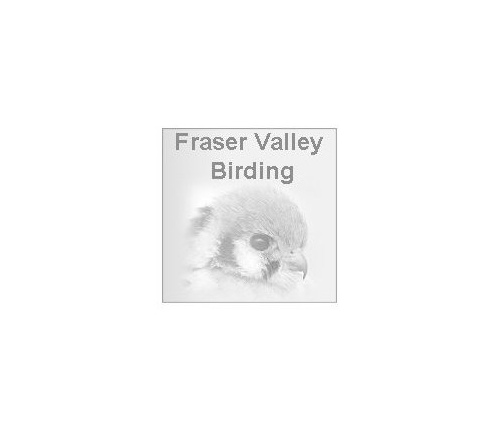|
||||||||||||||
|
|
||||||||||||||
|
Status in the Checklist Area - Uncommon *
|
|||||||||||||||||||||||||||||||||||||||||
|
|
|||||||||||||||||||||||||||||||||||||||||
|
Information |
||||||||||||||||||||||||||||||||||||||||
|
Our smallest swallow, slightly smaller than Violet-green Swallows. A mostly migratory visitor to our checklist area but has recently been recorded breeding in Hope. Nests in burrows up to 1 meter dug by the pair in banks consisting of softer soil. Nests in colonies. Migrates to South America for the winter. Feeds exclusively on insects, rarely on the ground. Feeding behaviour on the ground was recently documented in the checklist area. Similar species: Best viewing locations: Sources: |
|||||||||||||||||||||||||||||||||||||||||
Noteworthy Data |
|||||||||||||||||||||||||||||||||||||||||
|
|||||||||||||||||||||||||||||||||||||||||
Photographs |
|||||||||||||||||||||||||||||||||||||||||
 |
 |
 |
 |
 |
|||||||||||||||||||||||||||||||||||||
 |
 |
||||||||||||||||||||||||||||||||||||||||
| Audio and Video | |||||||||||||||||||||||||||||||||||||||||
| None available | |||||||||||||||||||||||||||||||||||||||||
Back to Species List |
|||||||||||||||||||||||||||||||||||||||||
|
|||||||||||||||||||||||||||||||||||||||||

